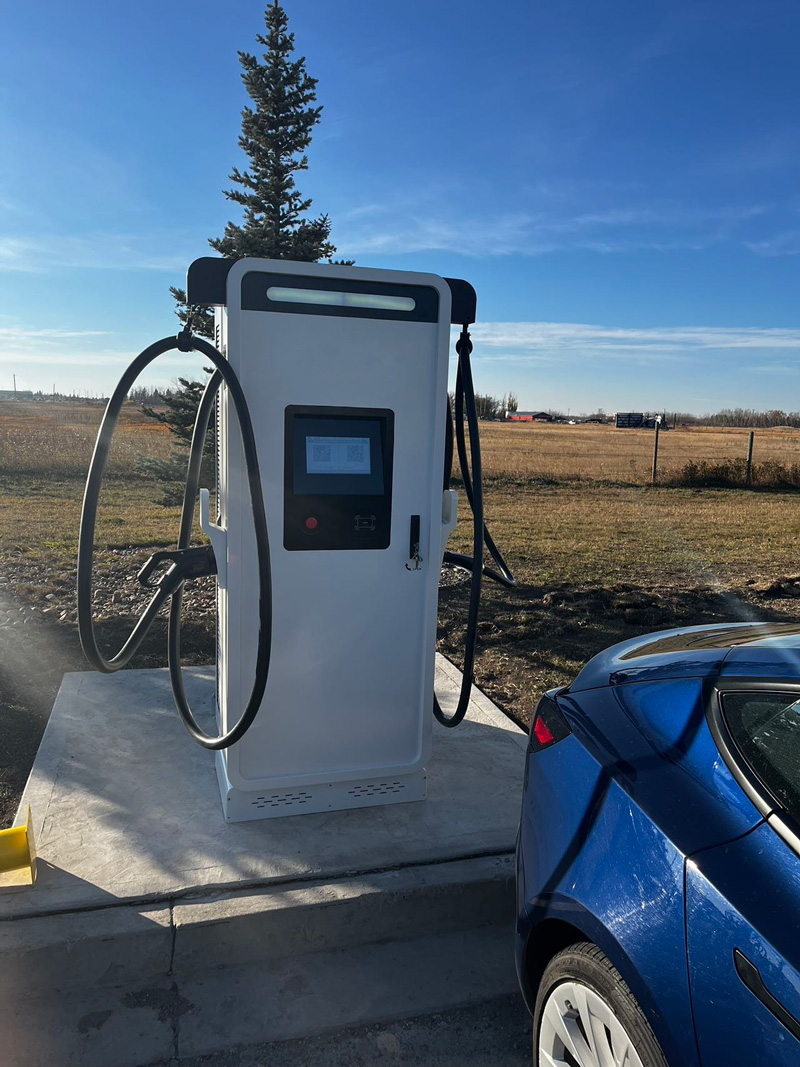When it comes to electric vehicle (EV) charging, the choice of connector can feel like navigating a maze. Two prominent contenders in this arena are CCS1 and CCS2. In this article, we’ll dive deep into what sets them apart, helping you understand which might be best suited for your needs. Let’s get rolling!
1. What are CCS1 and CCS2?
1.1 Overview of Combined Charging System (CCS)
The Combined Charging System (CCS) is a standardized protocol that allows electric vehicles (EVs) to use both AC and DC charging from a single connector. It simplifies the charging process and enhances the compatibility of EVs across different regions and charging networks.
1.2 Explanation of CCS1
CCS1, also known as the Type 1 connector, is primarily used in North America. It combines the J1772 connector for AC charging with two additional DC pins, enabling rapid DC charging. The design is slightly bulkier, reflecting the infrastructure and standards in North America.
1.3 Explanation of CCS2
CCS2, or the Type 2 connector, is prevalent in Europe and other parts of the world. It features a more compact design and incorporates additional communication pins, allowing for higher current ratings and broader compatibility with various charging stations.
2. What is the difference between CCS1 and CCS2 connectors?
2.1 Physical Design and Size
The physical appearance of CCS1 and CCS2 connectors differs significantly. CCS1 is generally larger and bulkier, while CCS2 is more streamlined and lightweight. This difference in design can affect ease of handling and compatibility with charging stations.
2.2 Charging Capabilities and Current Ratings
CCS1 supports charging up to 200 amps, whereas CCS2 can handle up to 350 amps. This means CCS2 is capable of faster charging speeds, which can be particularly advantageous for users who rely on rapid charging during long trips.
2.3 Number of Pins and Communication Protocols
CCS1 connectors have six communication pins, while CCS2 connectors feature nine. The additional pins in CCS2 allow for more complex communication protocols, which can enhance the charging experience and improve efficiency.
2.4 Regional Standards and Compatibility
CCS1 is primarily used in North America, while CCS2 dominates in Europe. This regional distinction impacts the availability of charging stations and the compatibility of various EV models across different markets.
3. Which EV models are compatible with CCS1 and CCS2 connectors?
3.1 Popular EV Models using CCS1
EV models commonly utilizing the CCS1 connector include:
Chevrolet Bolt
Ford Mustang Mach-E
Volkswagen ID.4
These vehicles are designed to leverage the CCS1 standard, making them suitable for North American charging infrastructure.
3.2 Popular EV Models using CCS2
In contrast, popular EVs that utilize CCS2 include:
BMW i3
Audi e-tron
Volkswagen ID.3
These models benefit from the CCS2 standard, aligning with the European charging ecosystem.
3.3 Impact on Charging Infrastructure
The compatibility of EV models with CCS1 and CCS2 directly influences the availability of charging stations. Regions with a higher concentration of CCS2 stations may present challenges for CCS1 vehicles, and vice versa. Understanding this compatibility is crucial for EV users planning long journeys.
4. What are the advantages and disadvantages of CCS1 and CCS2 connectors?
4.1 Advantages of CCS1
Widespread Availability: CCS1 connectors are commonly found in North America, ensuring broad access to charging stations.
Established Infrastructure: Many existing charging stations are equipped for CCS1, making it easy for users to find compatible charging options.
4.2 Disadvantages of CCS1
Bulkier Design: The larger size of the CCS1 connector can be cumbersome and may not fit as easily into compact charging ports.
Limited Fast Charging Capabilities: With a lower current rating, CCS1 may not support the fastest charging speeds available with CCS2.
4.3 Advantages of CCS2
Faster Charging Options: The higher current capacity of CCS2 allows for quicker charging, which can significantly reduce downtime during trips.
Compact Design: The smaller connector size makes it easier to handle and fit into tight spaces.
4.4 Disadvantages of CCS2
Regional Limitations: CCS2 is less prevalent in North America, potentially limiting charging options for users traveling in that region.
Compatibility Issues: Not all vehicles are compatible with CCS2, which could lead to frustration for drivers with CCS1 vehicles in areas where CCS2 dominates.
5. How to select CCS1 and CCS2 connectors?
5.1 Assessing Vehicle Compatibility
When selecting between CCS1 and CCS2 connectors, it’s essential to ensure compatibility with your EV model. Review the manufacturer’s specifications to determine which connector type is suitable for your vehicle.
5.2 Understanding Local Charging Infrastructure
Investigate the charging infrastructure in your area. If you live in North America, you may find more CCS1 stations. Conversely, if you’re in Europe, CCS2 stations may be more accessible. This knowledge will guide your choice and enhance your charging experience.
5.3 Future-Proofing with Charging Standards
Consider the future of charging technology when selecting connectors. As EV adoption grows, so will the charging infrastructure. Choosing a connector that aligns with emerging standards can provide long-term benefits and ensure you remain connected to available charging options.
Linkpoweris a premier manufacturer of EV chargers, offering a complete suite of EV charging solutions. Leveraging our vast experience, we are the perfect partners to support your transition to electric mobility.
Post time: Oct-24-2024



